The majority of fish keepers will experience problems with unhealthy fish at some stage. Sometimes the cause of the poor health is obvious and it is relatively easy to treat the fish. However it can also be more difficult to get a good diagnosis despite looking at books, magazines and relevant web sites. However there are some easy to follow clues that can be used to diagnose what is wrong with your fish.
Recognising unhealthy fish.
The first stage in treating a fish is to recognize when it is unhealthy. Early recognition of an unhealthy fish is important if that fish is to be successfully treated.
The first signs of poor health are often a change of appearance or behavior, which might include:
- Gasping at the water surface
- Sulking at the surface, bottom or behind structures in the aquarium
- Not feeding
- Clamped fins
- Rapid gill movements
- Change in colour
- Emaciation
Care has to be taken when interpreting these signs, as they are not always a sign that the fish is not well. A change in colouration, for example, may indicate that the fish is in breeding condition, or has adjusted its colour to match the surroundings. Sulking behind structures may be the natural behavior of shy or timid fish species. As a general rule however, if the fish are looking or behaving differently to normal it is advisable to have a closer look at the fish concerned.
Diagnosis
These first observations give a clue as to the possible cause of the poor health. The secret here is not to jump to conclusions. Decide firstly why the fish is behaving or appearing as it is, and then what would cause it to do so. The list of possibilities can then be examined to determine the actual cause of poor health.
Lets look at two examples to demonstrate this stepwise diagnosis:
Fish Gasping
You notice that a fish in your aquarium or pond is gasping at the water surface (opening and closing its mouth right at the surface of the water). It is gasping because it cannot get enough oxygen and there is more oxygen at the water surface. This does not necessarily mean that there is insufficient oxygen in the water. It could be that the fish is unable to get sufficient oxygen from the water.
Possible causes of this include:
- A build up of ammonia, nitrite and chlorine can cause irritation and damage to the gill membranes. The fishes response to this is to produce additional mucous in order to protect the skin and gills from irritation, but with the side effect of making oxygen uptake less efficient.
- Physical damage. This can result from severe poor water conditions, bad handling or parasitic attack. This will reduce the surface area of gill tissue that can actually absorb oxygen resulting in the fish not getting the quantity they need.
- Gill parasites. Parasites such as gill flukes (Gyrodactylus), protozoans and bacterial infection can cause both physical damage to the gill tissue and irritation of the membranes, resulting in excessive mucous being produced.
- Blood parasites. High levels of blood parasites such as Sanguanicola (a parasite of carp) will absorb oxygen before it reaches the vital organs within the body.
- Low oxygen levels in the water. This could result from too many fish in the aquarium or pond, or insufficient water movement to allow oxygen to enter the water. High levels of plants or algae can also remove oxygen during the night (when they are not photosynthesizing and actually producing oxygen).
Fish rubbing
A second example could be that you have observed your fish rubbing against underwater objects. Taking the diagnosis stepwise we have:
Symptom of poor health: Fish Rubbing
Caused by: Skin or gill irritation
Resulting from:
- Poor water quality (eg raised levels of ammonia, nitrite, chlorine or chloramine. Sudden changes in pH or hardness)
- Skin parasites
- Gill parasites
- Abrasive particles in the water
It is important that you don’t jump to the wrong conclusions. As an example of this, you may have noticed the fish were rubbing and the actual cause was poor water conditions. If you decided that it was due to gill parasites and treated the water for a parasitic infection you would cause further distress to the fish. As already mentioned, early diagnosis of a problem gives the best chance of controlling it effectively – so a wrong diagnosis can be a big issue because it delays taking the right actions
How to decide what is the problem.
After creating a list of possible causes of poor health, it is necessary to decide which one is responsible. One very good guide comes from the time of onset of poor health and its rate of spread. There are three main possibilities:
- Affects all of the fish, or all of the fish of a particular species or size, and occurs quickly (say overnight). This suggests a water quality problem.
- A small number of fish are affected initially, but this number gradually increases. This suggests an infectious disease.
- Only one or two fish are affected and the problem does not spread to any other fish. This suggests a non-infectious disease, physical injury or malformation
The next stage in our diagnosis is dependent on which of the above groups the fish can be placed in. If the problem is due to water quality, testing, partial water changes and the appropriate use of treatments will help. If due to parasites, some indication of which parasite is responsible is important of the correct remedy is to be selected. In future articles we will look in more detail at water quality issues and some of the more common parasites.
